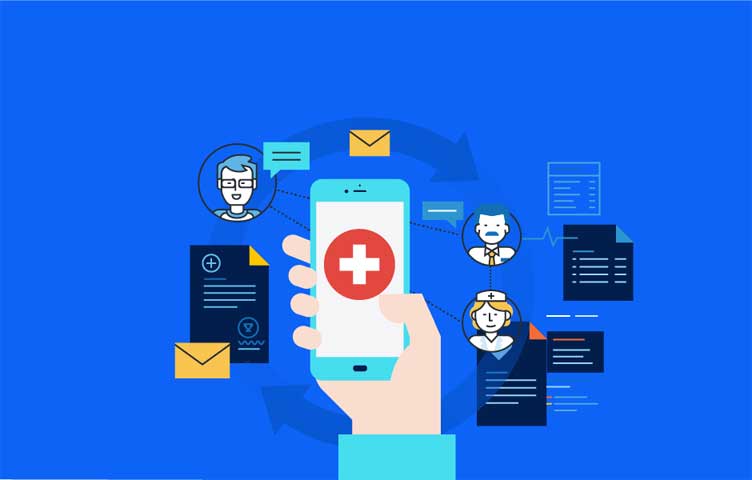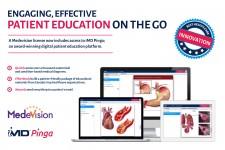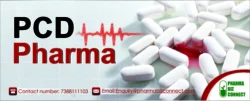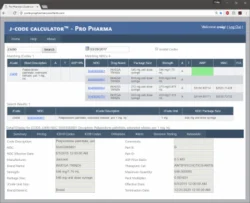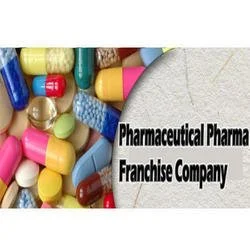The digital and virtual gamut is becoming increasingly extensive, such that the ripple effects have gone to pharmaceutical companies. The pharma industry is facing rising pressures to change its approach towards patient engagement. According to data published by IMD, only 20 per cent of healthcare executives are equipped for considering digital disruption. Additionally, 40 per cent of pharma and healthcare executives regard digital disruption to impact their industry in the next three years.
The call for patient engagement
The call for patient engagement comes from the prediction made by today’s executives. Such is the predicament that around 30 per cent of the top pharmaceutical companies are under threat of disappearance in five years from now.
Pharma companies that adopt the appropriate patient engagement strategy stand to gain the big victory. The way forward is to leverage patient-generated health data for valuable insights. Doing so will help companies to understand the experiences of their patients. To give you an example, smartwatches or Fitbits are an excellent innovation. These devices provide metrics such as heart rates, and some advanced ones can also provide information about sleep cycles.
The good and positive of patient engagement
Technological innovations, along with the healthcare ecosystem, are giving the patients a bigger role in decision-making. Now, this is a big blow of positivity for the patients. The approach makes room for reshaping their expectations from healthcare companies. The defining factor in this context is technological solutions. The rising availability of these help to empower patients as it gives access to more information, thereby translating into an ability to play an active role in managing their health and overall wellbeing.
Another positive aspect is the change towards emerging support for moving away from a reactive approach to a proactive one. In the latter, the coordination between stakeholders, therapy and care is not limited. Additionally, a proactive model embodies engagement tools and support which bolster both the patients and healthcare providers.
This paradigm change helps patients in two ways:
- Administrative tasks – this includes securing financial assistance, prescriptions and recording of supplies
- Emotional issues – this aspect caters to dealing with a new diagnosis, understanding treatment options and offering education and support
At the other end of this gamut lie the life sciences companies. They stand to gain the assurance that their products are administered appropriately and duly delivered. The result is an optimization of efficacy and outcomes.
The strategies of patient engagement in today’s digital world
Using Environmental Data for creating a patient-facing digital interface
According to Deloitte, over a third of consumers have shown interest in using smartphone applications to improve engagement with healthcare providers. A further 35 per cent of consumers displayed a willingness for using a virtual assistant for identifying their medical symptoms. However, that is not all. Thirty-one per cent claimed that they would use an app for connecting with a health coach. The hope is that the coach shall help transform the patients’ exercise patterns, sleep cycles and even help with managing stress.
For example, with the consumer health app – klarify.me, ALK, the pharma company, provides bespoke allergy-management services to allergy sufferers. This endeavour aims to offer individual healthcare recommendations, integrating a learning section, and providing a tailor-made allergy log insights service.
Personalized Treatment Options
Whether you call it personalized medicine, individualized medicine, or precision medicine, this care model segments consumers according to their health risks and characteristics. These characteristics are demographics, including age, gender, height, weight, diet and family history, allergic conditions and peculiar sensitivities such as asthma or fever.
Personalized medicine is an advanced move as it strives to provide preventive care. It does so by rendering earlier detection and intervention, accurate and precise diagnoses, effective drug therapies and tailor-made treatment options. Also, it provides better outcomes and higher satisfaction rates for customers. According to a study by SAP and Oxford Economics, 49 per cent of respondents recorded a positive impact from precision medicine.
Strategic Data Integrations
Strategic Data Integrations provide enhanced levels of end-user satisfaction and health outcomes. The personalized and on-demand insights help individuals to gauge and respond to contextual environments. These render tremendous value to healthcare companies and firms and their ability to engage patients. Akin to consumer electronics and hospitality sectors, the healthcare sector can integrate real-time and predictive information and analytics for quicker and effective results.
Example: Environmental Intelligence and Connected Devices
Two brands of note, namely KapCode and Propeller Health, are among the pioneers in this area. They both leverage air quality data for their smart inhalers, thereby enabling patients to track, in real-time, the air quality surrounding them. Also, this helps in assessing the impact of environmental breathing hazards on their conditions. Using the data integrations, patients can gauge the best time to remove their inhalers and take preventative measures to combat the health hazards of asthma, chronic obstructive pulmonary disease, and other respiratory conditions.
Traditional inhalers, on the other hand, are not equipped to provide insightful data to their users. For this reason, users are unable to monitor their symptoms proactively. However, the onus lies on the users to decide the intent behind the inhaler. Should the users choose to stay up-to-speed with climate conditions or pollen counts, modern-day inhalers shall come to the rescue.
Parting Words
The modern-day medical devices, although impressive, are exorbitantly priced and not affordable to all. However, as Artificial Intelligence (AI) and real-time tracking, among others, become mainstream, the price points shall dip downwards. These would be a boon, going ahead, for humanity. Nonetheless, the full potential of the benefits still remains unknown.
